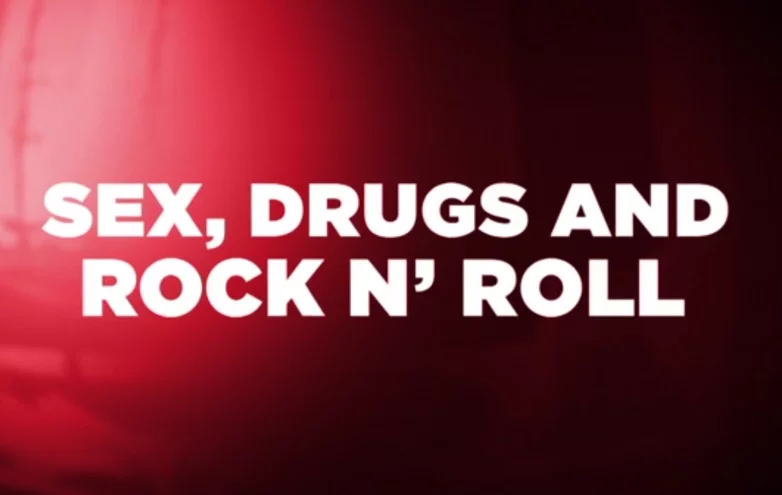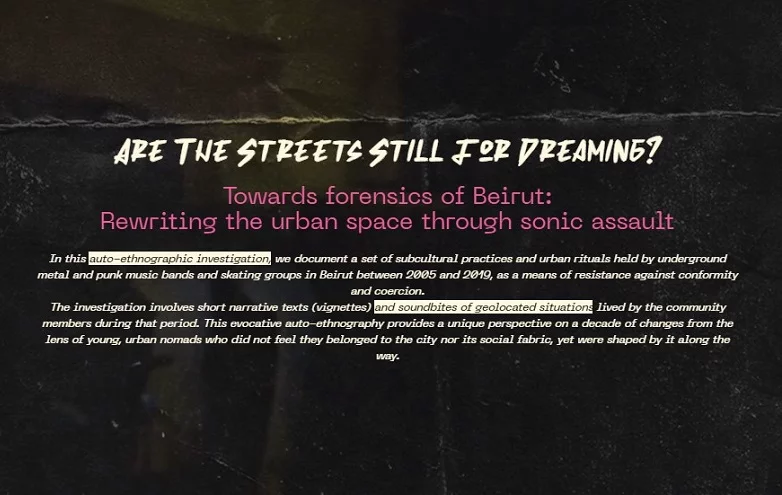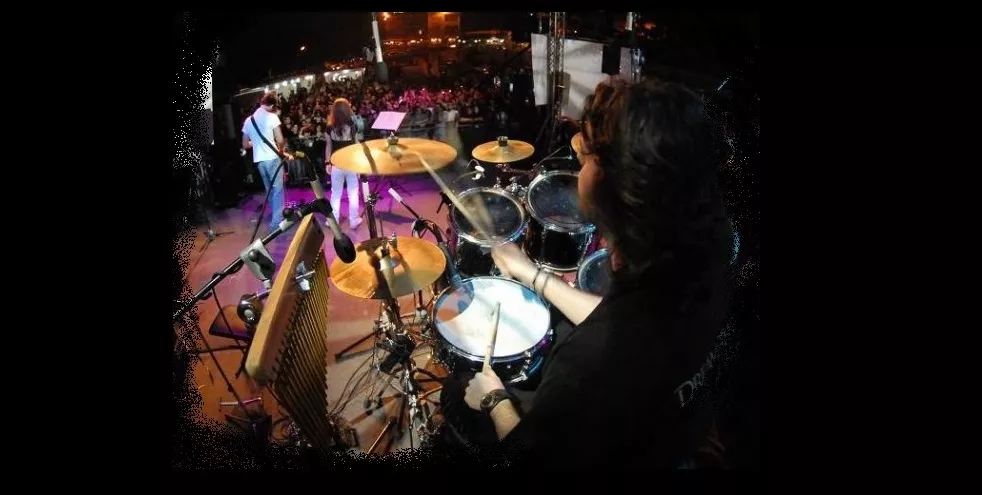CNN, Playtone, and Herzog & Company co-produced a 10-part documentary series that explores the 60’s era, with a 40-minute series finale on the impact of music, drugs, “free love”, and rock and roll.
Check the main series hub here: https://edition.cnn.com/shows/the-sixties. There’s also a nice “60’s Personality Quizz” you can take here: http://edition.cnn.com/interactive/2014/05/us/quiz-sixties-personality
Here’s a fast trailer for you:
The 60’s was defined by a youth culture that defied conformity and the establishment, a culture that needed to find some answers, to question life and to live and love without restrictions. Thriving on psychedelics, the Hippies questioned war and hatred, and sought peace, love and freedom for everyone. Their defiance of political and social themes was the building ground for Metal music which later added fuel and anger to that peaceful defiance.
- The Beginning | The Beatniks
The 50’s were all about materialism, but Jack Kerouac’s “On The Road” book came into play and defined a spiritual revolution with a message that people lost a sense of self in an age of conformity where everybody worked for the corporation. He became a godfather for the counter-culture that started in New York – you could see it starting from store names like “Bitter End Cafe”, “The Soul Gallery”, “The Hip Bagel” and “Why Not”; free admission nights were common at coffee houses with beatniks playing chess and reading live poetry. This entire new “vibe” was essential for Folk music revival, it was the people’s culture instead of the commercial one, with Bob Dylan emerging as a special singer-songwriter.
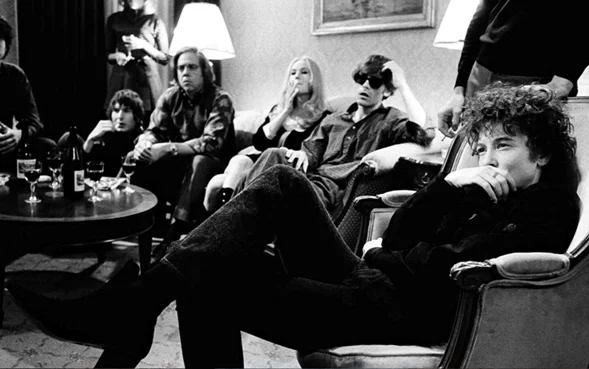
Beatniks
- The Transition
The music scene moved from New York to L.A, where artists and musicians flooded to form this new community where everyone explored their new lives and freedoms. Legendary Rock N Roll music poured out (The Doors anyone?) from this region. While Marijuana smoking was getting acceptance in the L.A region, the San Francisco scene used more mind-expanding drugs. “One Flew Over the Cuckoo’s Nest” writer Ken Kesey volunteered for taking LSD government-sponsored tests at Standford University, later becoming a promoter of what he experienced, creating a drug commune where people began consuming these drugs together. Soon after he bought a school bus, painted it with bright colors and went on to “blow people’s minds”. The cultural revolution was happening, heavily pushed by LSD.
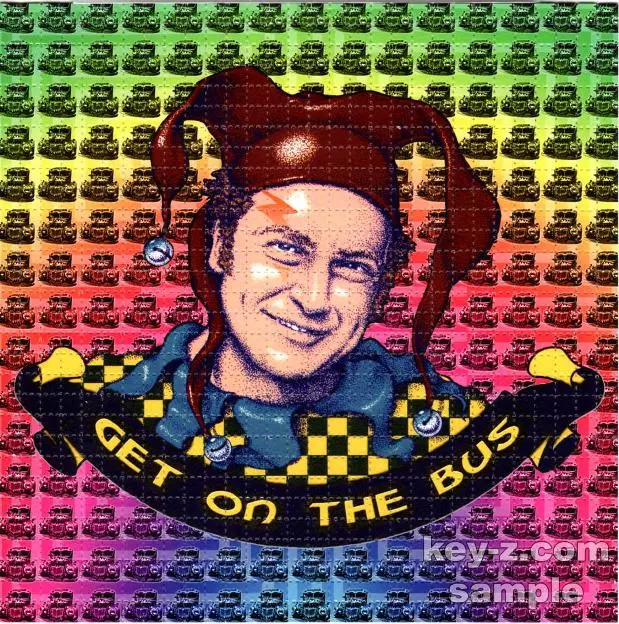
Cuckoo anyone?
This new-found generation went to New York to meet the Beats generation, but there was a feeling that the torch had been passed to this new Psychedelic generation. Casey wanted as many people to try out LSD as possible, thus the ACID TEST was born – it was like a party with lots of bright lights and music that people danced to while on LSD… The counter culture was catching up as more and more people wanted to experience this new feeling.
- Way of life
The movement wanted a change from war, women’s restricted roles and segregation. Sexual revolution soon followed especially with the birth control pill (1960), which allowed women to be more sexual and take control of their own bodies. There were no rules, everything was shared, love was free and sometimes accidental. “I do not want to drive to work everyday in a box and feel bad about my life – life should be ecstasy.” was how the movement criticized society and “normal life”.
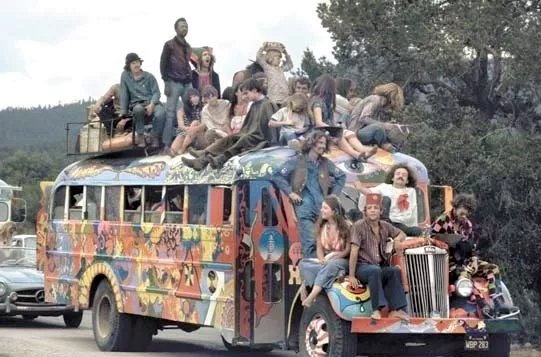
Blowing people’s minds
- The need to escape
This movement got so much attention, tourists and reporters flooded the “hippy” main regions, and soon after, hippies needed to escape this attention – they were not animals to gawk at. They formed communes in the countryside where they shared everything and lived a happy care-free life with music and drugs as their catalysts. This escape finally led to Woodstock Music & Art Fair in 1969, a meeting of “all the tribes”. Woodstock was both the highest (pun intended) most important event of the 60s Hippy movement and unfortunately the beginning of its end.
- The End
One of the main events that led to the end was the Charles Manson murders, where Charles disguised himself with a hippy image, rounded up some girls who lived that culture, managed to get them to do mass murder (read his Wikipedia page). Prior to these murders, “Hippy” had nothing to do with murder or violence, but after the Manson murders, the entire culture took a negative hit. Another main reason was the culture’s “over-loving and free nature” which had attracted a lot of the wrong people over time – bums and bad people who were just in it for the free food, free clothes, etc – eventually the movement’s open lifestyle led to it losing authenticity.
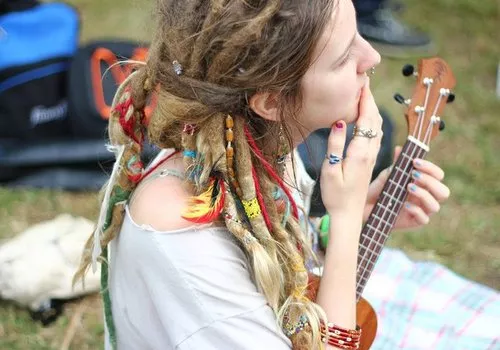
The 60’s After Effects
However, the mainstream culture took what it needed from the Hippy movement, the key principles were passed and are still alive today. The 60’s took people out of their comfort zone, got them to question the world and to be open to others, experiences and life. In this, the movement succeeded and will always be credited for this Revival of Self.

